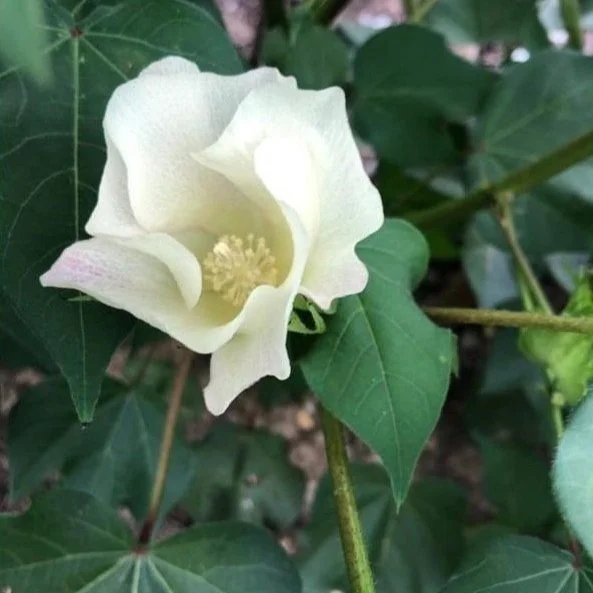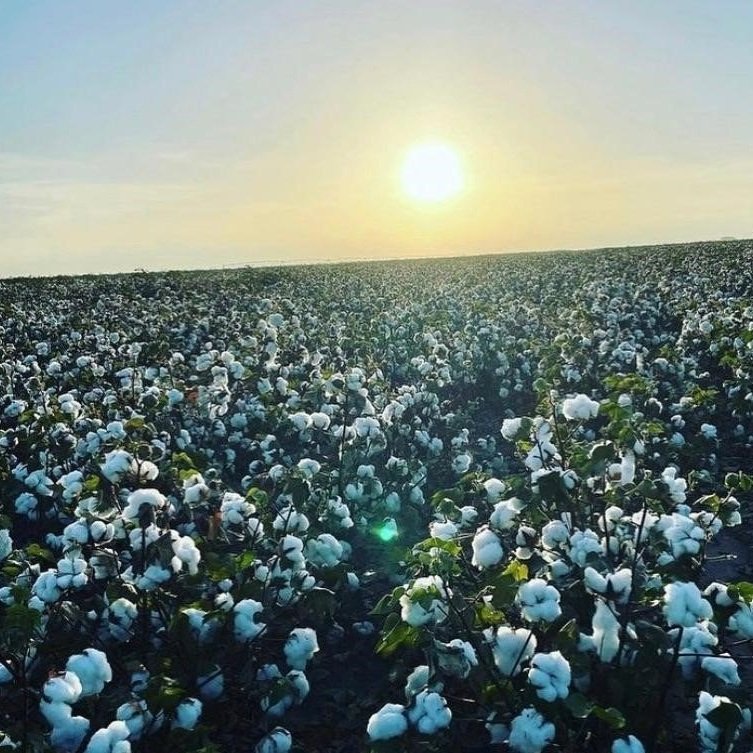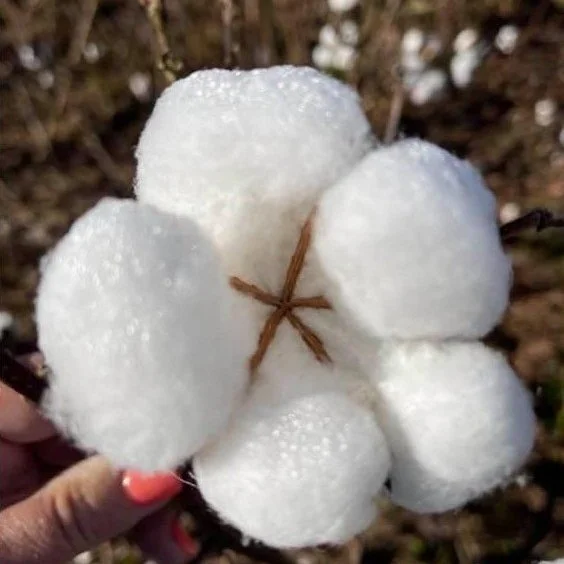Freezing temperatures didn't reduce insect pressure in Mississippi and Louisiana row crops. Soybean farmers can expect waves of redbanded stinkbugs.
Read MoreLast year brought a glimmer of hope to cotton farmers as both prices and acreage soared across the mid-South. But that optimism has faded for Louisiana cotton growers as prices have dropped and acreage is being reduced. LSU AgCenter reporter Craig Gautreaux has this report.
Read MoreThis report contains the results from the 2022 December Agricultural and Row Crops County Agricultural Production surveys
Read MoreFiguring out how the Endangered Species Act affects the agricultural industry can be both complex and frustrating. The ESA of 1973 was enacted by Congress under President Nixon and has since drawn much attention to species across the United States that had/have the potential to be threatened or completely wiped from the map.
Read MoreAfter crop emergence, producers should concentrate on managing the cotton plant from the first- through fifth-leaf stage. Reaching the fifth true leaf stage with minimal damage from thrips is a key factor in producing good cotton yields.
Read MoreThe U.S. Department of Agriculture (USDA) seeks nominations of domestic cotton producers from Arkansas, California, Louisiana, Mississippi, North Carolina, Texas, and importers of cotton and cotton-containing products for positions on The Cotton Board. The producers and importers will fill positions for 13 members and 13 alternates. USDA will appoint members and alternates to serve three-year terms beginning Jan. 1, 2024, to Dec. 31, 2026.
Read MoreU.S. Cotton Trust Protocol enrollment for the 2023 crop year opened this week with an updated deadline of September 1.
“With the Trust Protocol all of our work begins with growers and as we look to continuously improve the program and provide further value, we’re pleased to share the updated grower enrollment timing will better align with peak cotton marketing dates,” said Gary Adams, U.S. Cotton Trust Protocol president, in a recent release.
Read MoreThe U.S. Cotton Trust Protocol announced today that enrollment for the 2023 crop year is open now through September 1, providing growers the opportunity to complete data entry prior to harvest. The updated timing also better aligns with peak cotton marketing dates and allows a member’s cotton to be verified and visible as Protocol Cotton bales right after ginning.
Read MoreJust how is cotton raised in the United States? And what are farmers doing to be more sustainable with this important fiber and oilseed crop? Good questions both, and the industry is stepping up to answer that for buyers with information direct from growers in the U.S. Cotton Trust Program.
Read MoreThe U.S. Department of Agriculture’s (USDA) Commodity Credit Corporation today announced the 2023 crop loan rate differentials for upland and extra-long staple cotton which are applied to the crop loan rate to determine the per bale actual loan rate.
Read MoreFrom Texas to Georgia, root-knot and reniform nematodes can be blamed for reducing yields in cotton and in some regions, peanuts and soybeans, as well.
Read MoreThe Cotton Research and Promotion Program (the Program) has received a report card, of sorts, providing strong evidence of a remarkable return on the industry’s investment.
The report shows the Program is enhancing revenue, improving profitability for growers and importers, and helping reduce the costs of government commodity programs.
Read MoreThe May NY/ICE contract tested the lower end of its range between 78 and 88 cents/lb, which has held values since November. After failing to break below 80 cents/lb in the middle of February, prices rebounded to levels near 85 cents/lb. before the end of last month and have traded between 82 and 85 cents/lb through early March.
Read MoreScientists with the LSU AgCenter annually evaluate cotton varieties in official variety trials (OVTs) at several locations across the state. Cotton varieties are managed using practices that follow LSU AgCenter recommendations and demonstrate commercial operations as closely as possible. All entries in the trials are replicated four times, and results are compiled for average performance after one or two years of testing.
Read MoreLaunched in 2020, the Trust Protocol was designed to set a new standard in making U.S. cotton more sustainably grown. However, producers enrolled in the Trust Protocol can realize another benefit — they are eligible to participate in the Climate Smart Cotton Program, which will provide technical and financial assistance to 1,650 U.S. cotton producers with acres available for Climate Smart practice changes.
Read More














